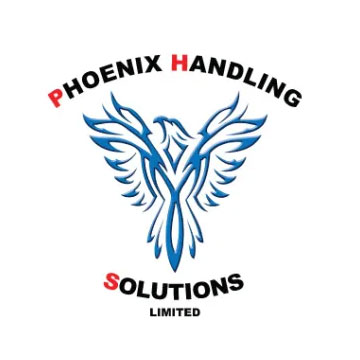Businesses of all shapes and sizes face the same conundrum when it comes to packaging solutions for their goods.
Shrink and stretch hooding machines are used in industrial packaging to secure and protect palletised loads. These types of machines offer distinct advantages and cater for different packaging needs. Let’s take a look at the benefits of both…
The process of shrink hooding creates a secure, weather-resistant option for pallets that are being transported and may have to spend periods of time exposed to the elements. A plastic film is applied over the pallet load and heat is then used to shrink the film tightly around the goods.
The obvious benefits are that not only are the goods protected from any inclement weather conditions (allowing for outdoor storage), but also protected generally against moisture, dust and other environmental factors that need to be taken into account by manufacturers when considering the ideal solution for their specific business needs.
During transit, the tight shrink wrap also prevents unnecessary movement of the goods and aids with handling on reaching their destination. Any tampering with the load is easily noticeable due to the tight and uniform nature of the shrink wrap.
Shrink hood films are typically thicker and more durable than stretch films, providing enhanced protection against punctures and tears, risking transport damage to goods before they reach the customer.
The suitability for pallet sizes and awkward load shapes makes this option an excellent and flexible solution for many different industries and manufacturers. For example, construction materials, chemicals, industrial parts, or beverage transportation over long distances.
Stretch Hooding differs from shrink hooding in that a plastic film is simply stretched over and around a pallet load without the need for heat, with the contraction holding the goods in place securely.
Compared to shrink hooding, this can be a more energy and cost-efficient option as no heat is required. With time saving being a priority for most industries and manufacturers, the stretch hooding process is usually faster, enhancing throughput and therefore, productivity.
With the elimination of heat, the potential for hazards is reduced as per no need for high temperature operations. The same benefits as shrink hooding can be factored in as the film can accommodate awkward loads by simply stretching over goods in multiple directions to secure irregular sized loads effectively.
The stretch hooding process is most commonly used in industries such as food and beverage, consumer goods and pharmaceuticals, where speed and efficiency are crucial and loads are typically stored indoors or transported in controlled environments, reducing the need for the option of outdoor storage.
In conclusion, both shrink and stretch hooding machines play vital roles in industrial packaging by providing secure and protective solutions for palletised loads. The choice between them depends on specific operational requirements, such as the need for weather protection, cost considerations, and process demands and requirements. Implementing the appropriate hooding technology can enhance load stability, reduce damage during transit, and improve overall packaging efficiency for all industries and manufacturers requiring the perfect packaging solution.
